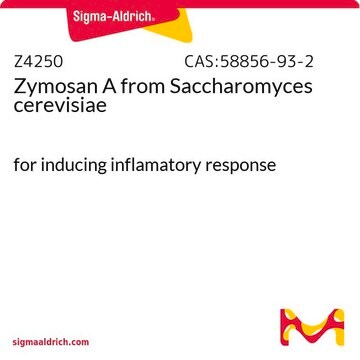E9902
Ephrin-A1/Fc Chimera from mouse
>90% (SDS-PAGE), recombinant, expressed in NSO cells, lyophilized powder
Synonym(s):
B61, EFL-1, LERK-1
About This Item
Recommended Products
biological source
mouse
Quality Level
recombinant
expressed in NSO cells
Assay
>90% (SDS-PAGE)
form
lyophilized powder
potency
0.16-10 ng/mL
mol wt
monomer calculated mol wt 46.8 kDa
50-55 kDa by SDS-PAGE (reducing)
packaging
pkg of 200 μg
storage condition
avoid repeated freeze/thaw cycles
impurities
endotoxin, tested
UniProt accession no.
storage temp.
−20°C
Gene Information
mouse ... Efna1(13636)
Biochem/physiol Actions
Other Notes
Physical form
Analysis Note
Storage Class Code
11 - Combustible Solids
WGK
WGK 3
Flash Point(F)
Not applicable
Flash Point(C)
Not applicable
Certificates of Analysis (COA)
Search for Certificates of Analysis (COA) by entering the products Lot/Batch Number. Lot and Batch Numbers can be found on a product’s label following the words ‘Lot’ or ‘Batch’.
Already Own This Product?
Find documentation for the products that you have recently purchased in the Document Library.
Our team of scientists has experience in all areas of research including Life Science, Material Science, Chemical Synthesis, Chromatography, Analytical and many others.
Contact Technical Service







